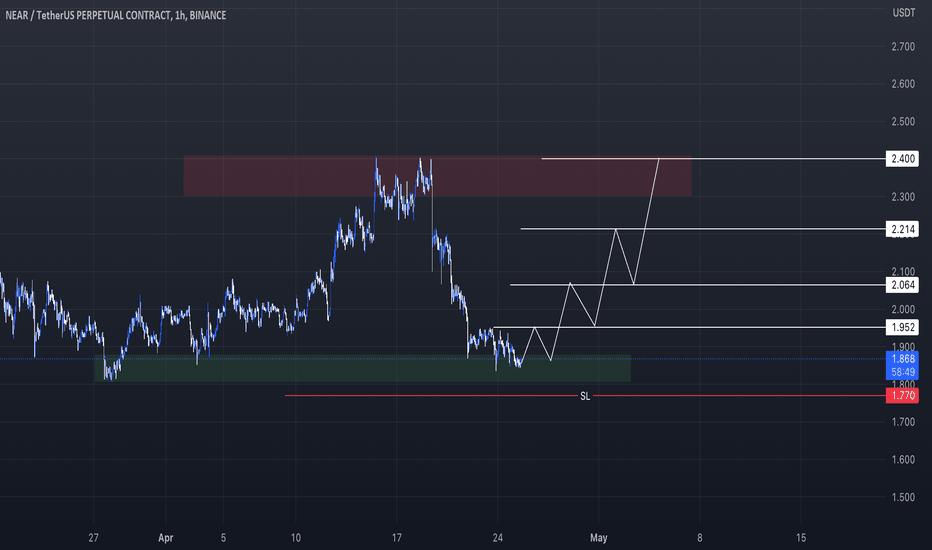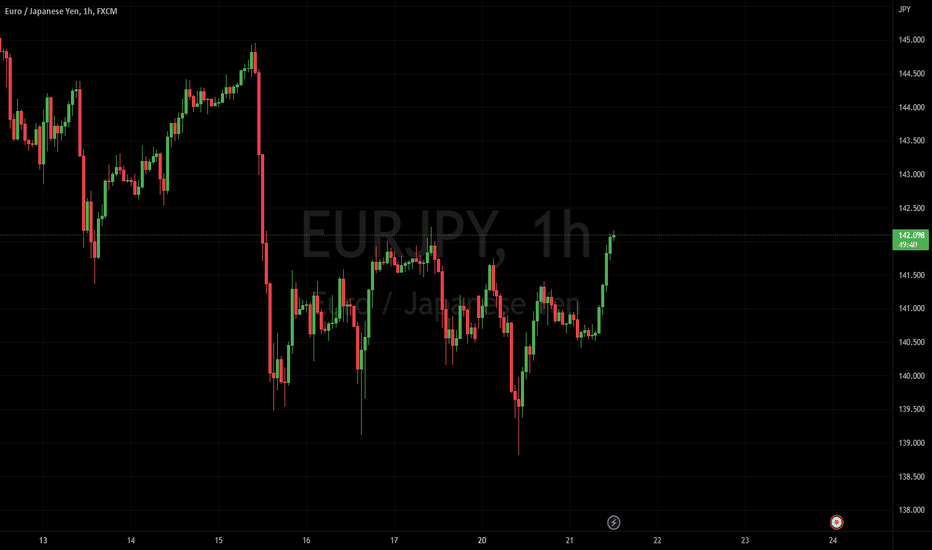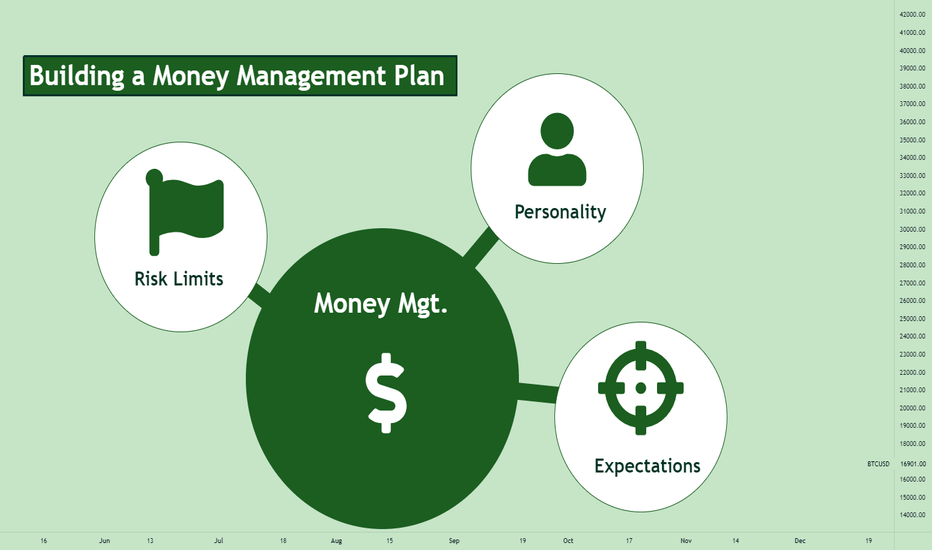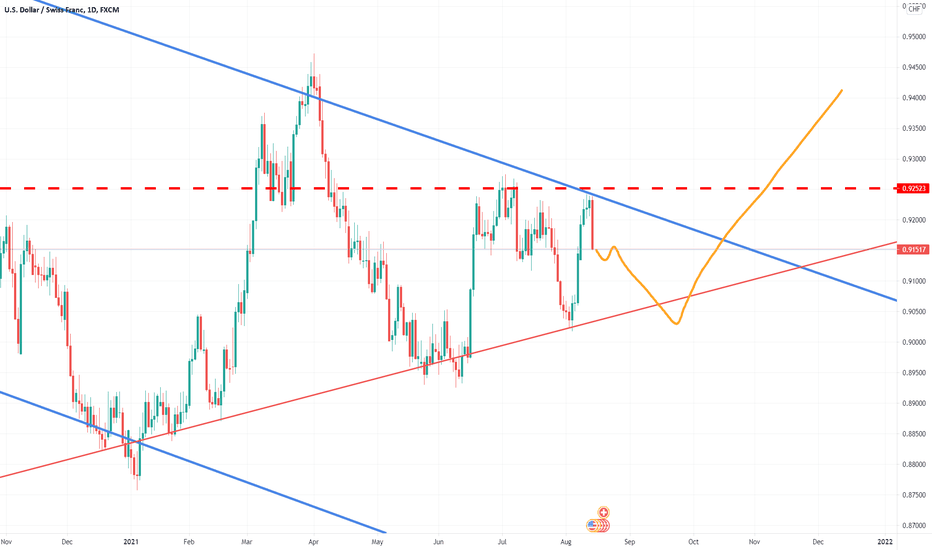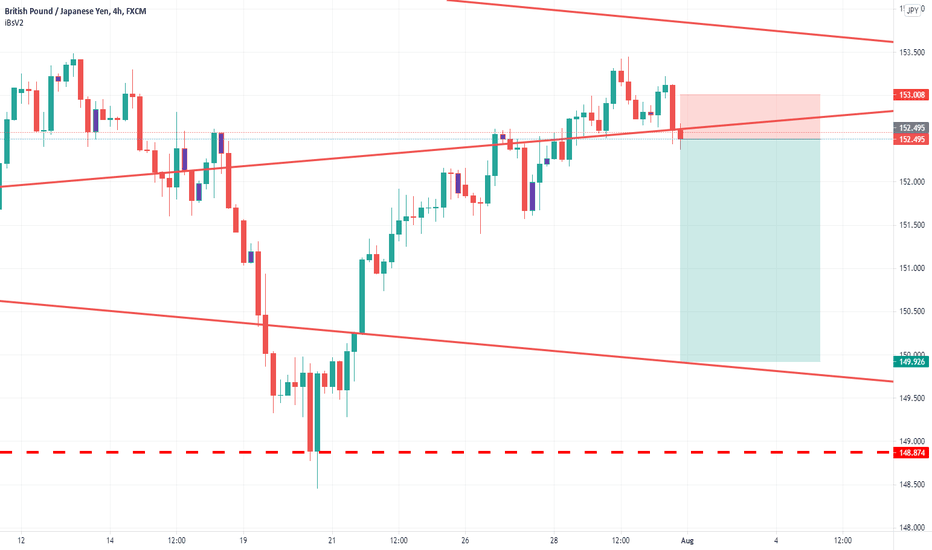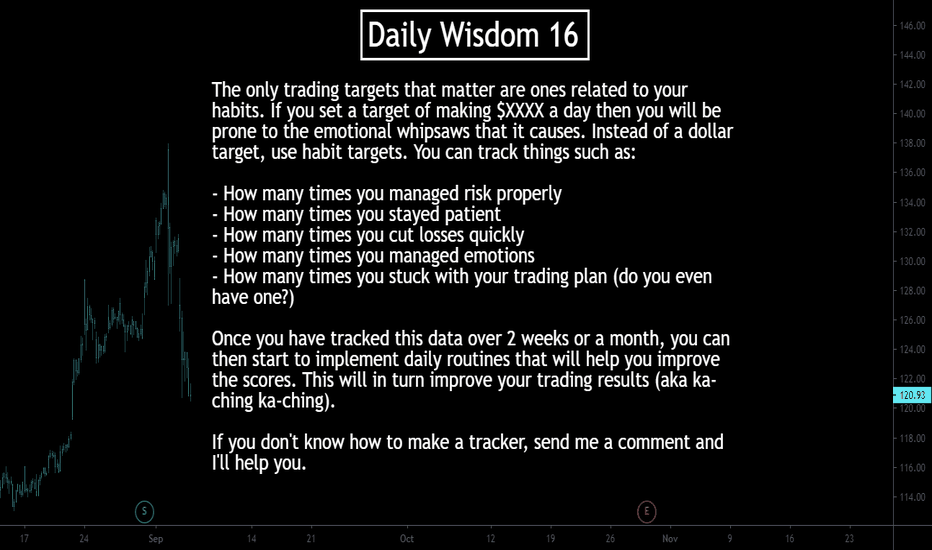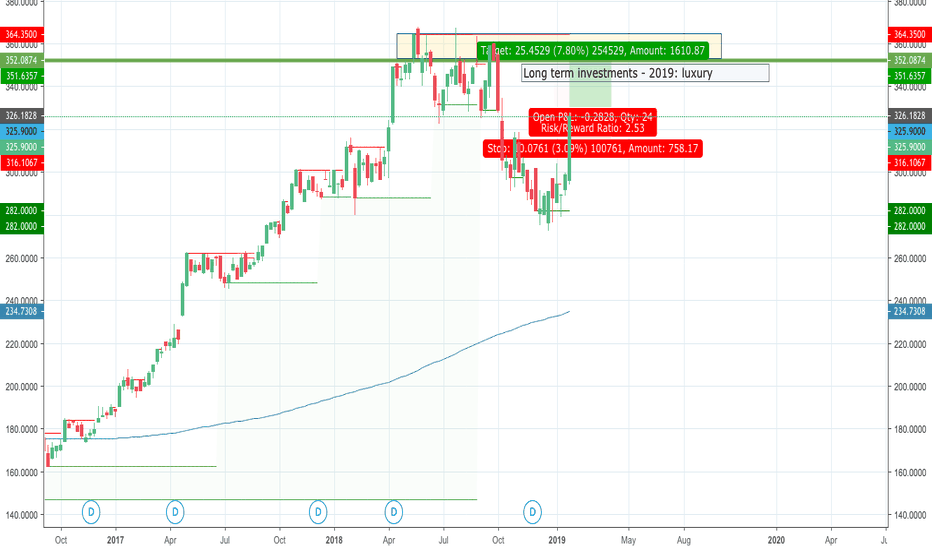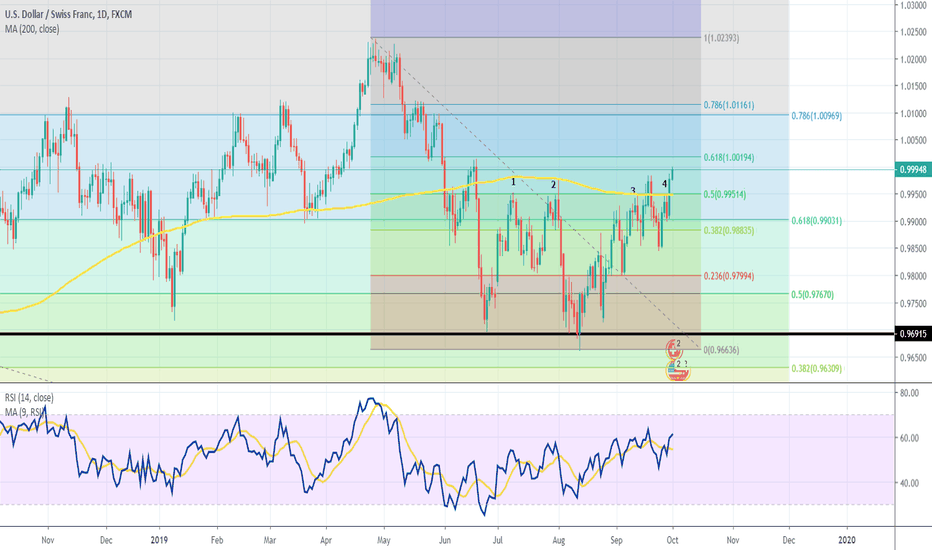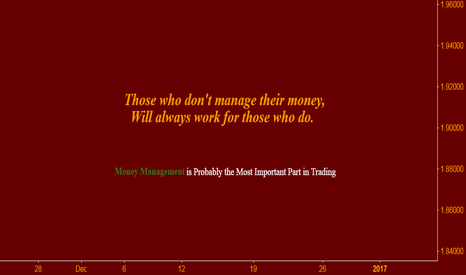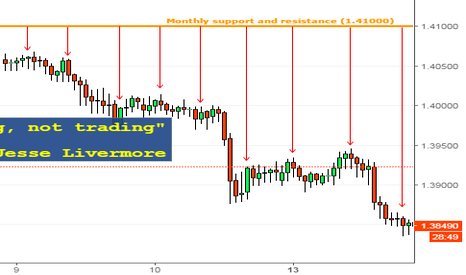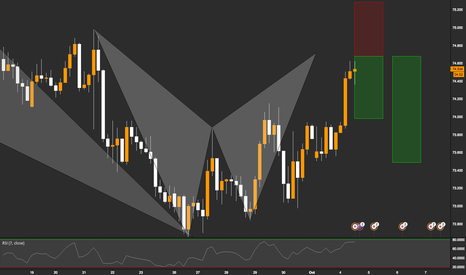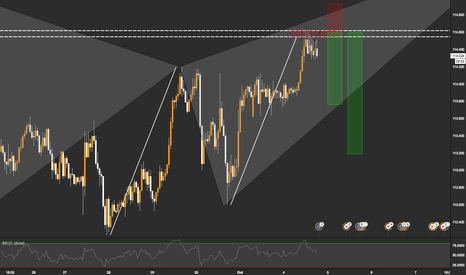$XAU Showing Bearish Flag Pattearn & Dropped $3K Support area...TVC:XAU Showing Bearish Flag Pattearn & Dropped $3K Support area. Price dropping now and back to $3K price level area. price FVG touch and Strong support $3K Price Level area. Here is many support Holder.
Stoploss: $3,536
Entry: $3,377
1st Target point $3,377
2nd Target point $3,249
3rd Target point $3,028
Disclaimer: This article is for informational purposes only and does not constitute financial advice. Always conduct your own research before making any investment decisions. Digital asset prices are subject to high market risk and price volatility. The value of your investment may go down or up, and you may not get back the amount invested. You are solely responsible for your investment decisions and Binance is not available for any losses you may incur. Past performance is not a reliable predictor of future performance. You should only invest in products you are familiar with and where you understand the risks. You should carefully consider your investment experience, financial situation, investment objectives and risk tolerance and consult an independent financial adviser prior to making any investment.
Money-management
Managing your trading Psychology Trading psychology refers to the mental and emotional factors that affect an individual's behaviour and decision-making when trading financial markets. It is the study of how a trader's mindset, emotions, and behavior can impact their trading performance and ultimately, their success.
Trading can be a highly emotional and stressful activity, as traders are constantly exposed to risk and uncertainty. Successful traders understand the importance of controlling their emotions and maintaining a disciplined approach to trading.
Some of the key psychological factors that can impact trading performance include:
Fear and greed: Fear of losing money and wanting to make a quick profit can lead to impulsive and irrational trading decisions.
Overconfidence: Traders may become overconfident in their abilities after a successful trade or series of trades, leading to overtrading and increased risk-taking.
Loss aversion: Traders may hold onto losing positions for too long, hoping for a turnaround, rather than cutting their losses and moving on.
Confirmation bias: Traders may only seek information supporting their beliefs, rather than considering alternative viewpoints or contradictory data.
To improve trading psychology, traders can work on developing emotional intelligence, mindfulness, and self-awareness. They can also create a solid trading plan, establish clear risk management strategies, and maintain a positive and disciplined mindset. Additionally, seeking out the guidance of a professional trading coach or mentor can be helpful in developing a successful and sustainable trading approach.
MONEY MANAGEMENT: The MOST Important Aspect of TradingIf you are a professional trader or plan to become one, Money Management is your #1 job. You could be the best chart reader or statement analyzer in the world but if you have poor money management you will still fail. In order to succeed you first have to last, and to last in the trading business you must be able to handle risk and manage it accordingly.
How you handle Money Management comes down to a few simple things:
Risk limits
- This consist of knowing your risk per trade, your max drawdown, and buying power limitations.
○ Risk per trade: This is the amount you are willing to lose if the trade goes against you and stops out (remember to always have a stop loss). Many traders refer to this as Risk Units or simply 'R'. This should be a defined amount that does not vary based on emotion. If you do use different risk for different trades you should have that clearly defined in your trading plan otherwise each trade should be the same. Risk per trade should be around 1% for experienced traders and $10 for new traders as they work towards slowly raising risk with consistency.
○ Max drawdown: This is the max amount you are able to lose per timeframe. For example, a day trader may have a max drawdown of 3R per day, 7R per week, and 13R per month. Max drawdown demands that if you lose that amount in that timeframe you are to be done trading until the next one. This helps traders from spiraling out of control and blowing up a trading account.
○ Buying Power Limitations: Knowing how many trades you are able to take at one time will help define your strategy.
Expectations
- This consist of knowing your expectancy and timeline
○ Expectancy: Your trade expectancy is the most important stat in all of trading. It tells you what you expect to make per trade. In order to properly manage risk you have to be sure that the strategy is worth it. The expectancy stat is how you do just that. For more info about expectancy check out my post on it here
○ Timeline: Everything takes time. Trading is no different. Having a realistic expectation about your timeline and how much you are going to make is a critical element in helping traders stay focused on their goals and not fall into a get rich quick scheme. If you expect your trading career will take 3-5 years to become profitable you will manage your money much better than someone who expects full time profits in under 1 year.
Yourself
- This consist of knowing your personality and trading plan
○ Personality: What is your personality like? Are you a jittery person or are you robotic. Knowing this will help build a management that you can trust and are able to follow.
○ Trading Plan: Make sure your trading plan fits your trading style. You have to take many things into consideration here such as time constraints, goals, and personality. It takes time to figure out what works for you.
If you can determine how to handle these three factors then you will be well positioned to not struggle with money management. After you have the fundamentals written in your trading plan all it comes down to is staying disciplined and following the rules set for yourself. Clearly define your limits, have an expectation, know thyself.
Thanks for reading, follow @Jlaing for more educational post about Money Management, Trading Stats, and more. I also stream a stock day trading chat room every morning at 9:15 EST right here on TradingView, come check it out and say what's up.
Long term investments - 2019: LVMH - LVMUY - MC.FRLong term investments - 2019:
This is a series of posts on long term investment for 2019.
Every serious investor establishes a solid money management with a balanced risk factor.
Investing 100% of your savings in forex or crypto currency is like make a blind all in at poker.
So a key factor is to choose which asset allocation suites better for you and to found low risk investments on long term.
This investment and assets suits my needs.
Today choice is LVMH group but could be other luxury assets . This is why:
1- The World Economic Forum (WEF) pubblished the new World Inequality Report 2018 where it is highlighted an increase of inequality between high and low salary. As a consequence, who has money can spend more in luxury stuff and luxury assets will continue to grow in long term.
2- Technically speaking, the first strong resistance area is between 352 and 364, so there is enough room at north for increase its value.
3- Looking at seasonality charts (2015-2019), best moment to buy are January, July and September.
If you like my ideas and scripts, please leave a feedback and follow me.
USDCHF what is nextWhenever we have multi lows/tops breaking is stronger than usual, as we have right now. The price has break Fibo and MA200 level and strongly continue to rise. RSI at lower time frames is overbought, which can be some short opportunity to squeeze a bit. As I see Fibonacci 61.8 will remain resistance level ( daily fibo) and Fibo 62.8 ( weekly) will remain support level. After smaller profits with sell action, my play for this will be SELL at 1.00 area and compounding those trades with proper money management. For those who can afford:
10k at 1.00, 25 k at 1.01, 50k at 1.02
OIL UKOIL BCOUSDPlease find information in the chart bubbles.
good luck and have fun trading!
always focus on money management. you can take a lot of 1% losses
but your account can only handle a view big losses, right?
when you lose 10% e.g. 1000$ of your 10k account then you have
9000 left. the next 10% risk trade is only 900$, so the potential winning gets smaller, too.
after that 2nd one being stopped out again you have some 8100$ left!
risking again 10% of that is 810$ risk for the 3rd trade. now this one needs to be
more than -more- than a 1:2 winner to get you back to breakeven.
if lost you have some 7300$ left. with again risking 10% (730$) in the 4th trade
this one need to be a 1 : 3.6 winner to get you close to breakeven...
hope you see the point.
in addition: think of your psychology. what does it do to your trading style when you
started with 10000$ account and you only have 5000$ left? are you panicking? are you still
trading your proven strategy? are you averthinking things and switching markets or strategies
or rules? a good chance you will do stupid tings like that, right? ;)
"Money is made by SITTING, not TRADING" - Jesse LivermoreOne of the major reasons why traders lose money is because they ride out their losses and close profitable trades too early.
While being patient can help us to achieve our maximum profit potential, being patient on the wrong side of a trade can be costly.
This is a great insight into why we are naturally predisposed to riding out losses and not quitting while we are ahead. It's an exert from a book that I recommend you all read called "Trading For A Living" by Elder Alexander.
"Roy Shapiro, a New York psychologist from whose article this subtitle is borrowed, writes:
'With great hope, in the private place where we make our trading decisions, our current idea is made ready....one difficulty in selling is the attachment experienced toward the position. After all, once something is ours, we naturally tend to become attached to it....This attachment to the things we buy has been called the "endowment effect" by psychologists and economists and we all recognize it in our financial transactions as well as in our inability to part with that old sports jacket hanging in the closet.
The speculator is the parent of the idea....the position takes on meaning as a personal extension of self, almost as one's child might....Another reason that Johnny does not sell, even when the position may be losing ground, is because he wants to dream....For many, at the moment of purchase critical judgement weakens and hope ascends to govern the decision process.'
Dreaming in the markets is a luxury that nobody can afford. If your trades are based on dreams, you are better off putting your money into psychotherapy."
If your trades, before you enter them, do not have predetermined take levels and stop loss levels, then you are setting yourself up to fail.
Sitting really does make money, but before we sit, we must first SET and FORGET.
Happy trading,
AvidTrader

